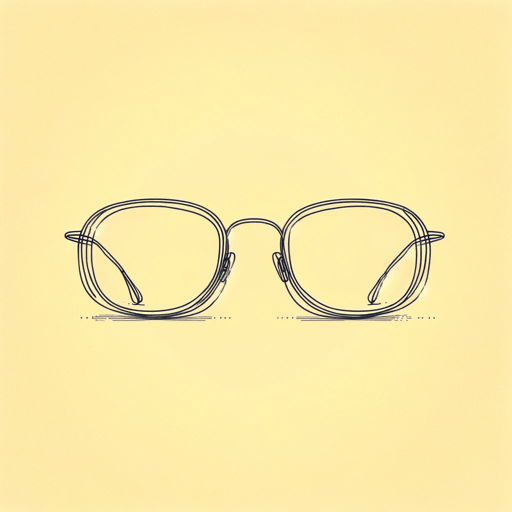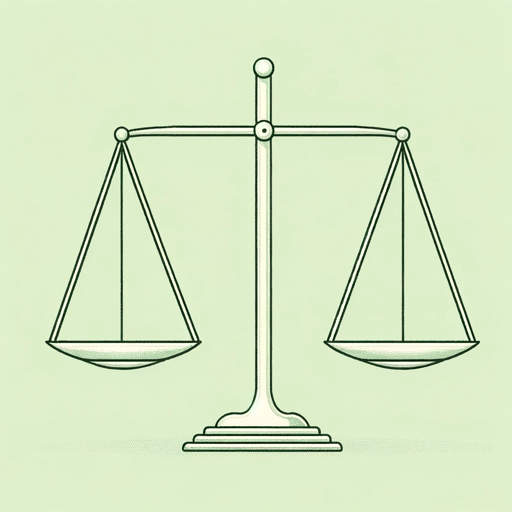60 pages • 2 hours read
Richard H. ThalerMisbehaving
Nonfiction | Book | Adult | Published in 2016A modern alternative to SparkNotes and CliffsNotes, SuperSummary offers high-quality Study Guides with detailed chapter summaries and analysis of major themes, characters, and more.
Part 7-ConclusionChapter Summaries & Analyses
Part 7, Chapter 27 Summary: “Law Schooling”
Thaler recounts his experience exploring the intersection of behavioral economics and law. During an academic year at MIT, Thaler and France Leclerc, whom he later married, accepted positions at the University of Chicago. It was then that Thaler was invited by Orley Ashenfelter to discuss the application of behavioral economics to law. Thaler, initially unfamiliar with legal theory, collaborated with Christine Jolls, an upcoming law and economics scholar, to prepare for this task. They aimed to introduce key behavioral economics concepts—bounded rationality, willpower, and self-interest—into traditional law and economics, which was largely based on rational, Econ-driven models.
Thaler’s interaction with Cass Sunstein, a renowned law professor interested in behavioral economics, further shaped this venture. Together with Jolls, they developed a comprehensive paper challenging conventional legal-economic theories. Their paper, “A Behavioral Approach to Law and Economics,” explored various legal principles from a behavioral perspective and included an evaluation of the Coase theorem.
The Coase theorem, a cornerstone of traditional law and economics, posits that in a world free of transaction costs, resources will naturally flow to their most valued use, regardless of initial distribution. Thaler challenged this theorem with the example of coffee mug experiments, which demonstrated the endowment effect—people value items more once they own them, contradicting the Coase theorem’s predictions in real-world settings.
Related Titles
By Richard H. Thaler


